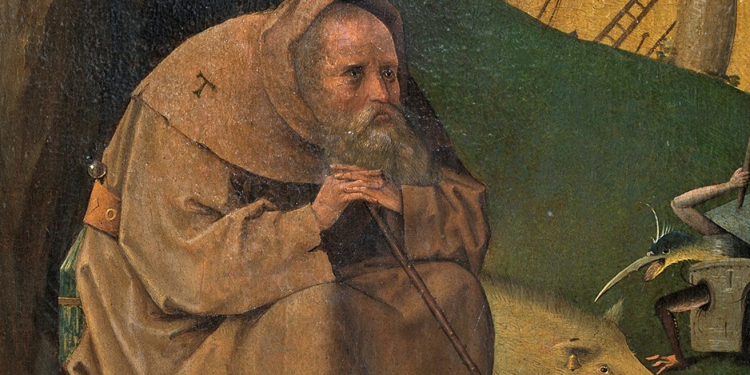Medieval cities were not nearly as filthy as is often thought, discovered historian Janna Coomans. In her recently published book ‘Community, Urban Health and Environment in the Late Medieval Low Countries’, she reveals how late medieval cities in the Low Countries organised their public health – from cleaning the living environment to combating epidemics. She sees striking similarities with the way in which the coronavirus crisis is currently being handled.
Revolting smells, pigs rooting around and open sewers: our picture of the hygiene in medieval cities is far from rose-tinted. But is that justified? Janna Coomans dove into the archives of city governments and examined numerous decisions, reports from lawsuits and financial documents from the late Middle Ages. A different picture emerges from her research: cities actually took decisive action when it came to public health in those times.
The financial records of city governments show, for example, that cities spent money on hiring cleaners, paving roads and dredging sewers, says the historian. In addition, there were all kinds of regulations with regard to keeping animals, for example, and processing offal. Legal documents also prove that people did indeed care about hygiene. Coomans: ‘For example, there were sometimes lawsuits between neighbours who had a conflict about access to a shared well or toilet. Those sanitary facilities existed, therefore, and they were believed to be so important that people were even busy with that in courtrooms.’
Maintaining a section of street oneself
In some ways, however, the situation was completely different than today. For example, public health was exclusively organised at local (city) level in those times. In addition, a lot more responsibility was placed on citizens themselves: for example, people had to clean the street and canal in the vicinity of their house themselves. Another difference is that public health in the Middle Ages was strongly intertwined with religion and morality, says Coomans. ‘Sickness and sin went hand in hand. A plague epidemic was seen as a punishment from God. Therefore, if the plague was rife, combating dissolute behaviour was one of the measures that was taken.’
The coronavirus has led us to fall back on medieval measures
Nevertheless, clear parallels can also be seen between past and present, notes the historian, if you look at how the plague was tackled in the Middle Ages and how the coronavirus has been tackled in the present day. ‘I found it very interesting to see how we resorted – especially at the beginning of the pandemic – to methods from the late Middle Ages: quarantine and social distancing. Whenever vaccines or drugs are not available, limiting interactions between people is still the key to combating infectious diseases.’
They didn’t know about bacterias and viruses yet in the Middle Ages, says Coomans, but they did have an idea about infection. ‘People thought that sick people and rotting objects spoiled the air around them. Stench was an important indicator of that. The measures that arose from that idea boiled down essentially to one of the basic measures that we are applying in the current pandemic: keeping one’s distance.’
In medieval cities, households where someone was suffering from the plague, for example, had to go into quarantine for six weeks, says Coomans. People infected with the plague were not allowed to go to the market and were only allowed to go outside briefly early in the morning. When they left their house, they had to carry a white stick that was about one and half metres long, which they could use to keep an eye on their distance from others. It was also clear to everyone that they were infectious.
In practice, it’s not so simple
The first major plague epidemic, around 1350, caused enormous disruption throughout Europe. The plague resurfaced often thereafter – roughly once every 10 years in the Low Countries. At a certain moment, they had a whole set of measures ready, which were wheeled out, says Coomans. ‘Streets and canals were cleaned more intensively then, for example, trading of goods from plague houses was forbidden and cities appointed special carers for people suffering from the plague.’
Apart from seeing interesting parallels, there is also a lesson we can learn from the current pandemic according to Coomans. ‘Historians are often somewhat contemptuous of the plague epidemics in the Middle Ages. It is often said that people didn’t do the right things to combat the disease out of ignorance. However, you also see in the coronavirus pandemic that choices are sometimes made that are difficult to explain. That is often down to political considerations, not so much out of ignorance. Furthermore, you see that people have great difficulty obeying rules that go against their habits. In practice, it’s not so simple and it is always easier to judge when looking back later. That is why we should never be supercilious about the past, something which has become very clear to me.’
Janna Coomans































Discussion about this post